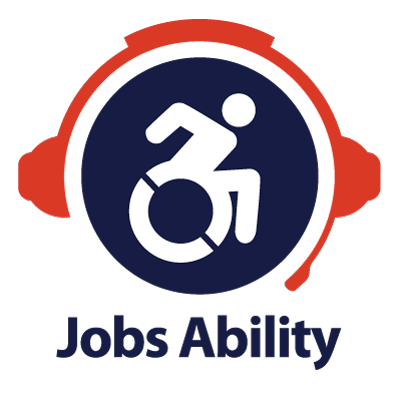Marketing to People with Disabilities: It’s Good Business
September 10, 2013Storm Sandy, NYSARC Trust Services and One Year Later…
October 28, 2013discrimination is prohibited against “a qualified individual on the basis of disability.”
What is Disability?
Section 503 of the Rehabilitation Act has had a few very important changes in the past few weeks, not the least of these are the definition of ‘disability.” In 2009, the ADAAA addressed the need to broaden the definition of disability – modifying key terms to help those to identify what is a disability.
At Our Ability, we are helping organizations nationally with their implementation of the new laws in regard to Section 503. In doing so, you want to take a look at three different areas within our blog over the next few weeks. As always, we need to help define what is a disability. While it may be easy to see my disability, we may not be able to see it in others. We may not be able to recognize the proper accommodations needed so as not to discriminate.
A “disability” is still impairment the substantially limits one or more major life activities. As a person with a disability – this is no real change. But, now it allows the recognition of episodic impairments or those in remission.
The ADAAA modifies the definitions of “substantially limits” as well as “major life activities.” Work, communication, driving, can all be considered life activities.
With the inclusion of episodic and remission language, disability can include epilepsy, alcoholism and cancer. In dealing with these impairments and illnesses, an individual’s very employment activities can be affected by dealing with such differences.
The real change in the definition, broadens the understanding and openness of differing abilities within all of us. It also recognizes the struggles of those hidden disabilities some individuals may not recognize. The growth in PTSD and TBI has specifically raise the awareness within the Department of Labor and the government in recognition of these new regulations.
So why does it matter? It’s how we deal with accommodation. It defines how inclusive we are as a society and specifically as an organization when running a business.
Our Ability is about helping individuals find employment, to be comfortable in identifying their disability to a potential employer or existing employer and to facilitate the change needed inside an organization for accommodation.
Organizational change is vital to growth. One major United States business asked me last week to identify those organizations that do well in reaching out to people with disabilities. I’m happy to share our experiences within an organization to enhance the inclusive culture. I mentioned the very fact they asked the question means they are a long way towards inclusion. But, there is work to be done.
Our Ability has had success in working with businesses. We work with human resource organizations to discuss the definition of “disability” as well as its internal ramifications. In the past two years, we have helped produce video to address these topics. The main character in this video below is a man dealing with cancer and its remission.
If there is any way we can help your organization large or small – please reach out and ask. We are passionate about the need to identify the ability within all of us.
David: Cancer survivor –
